What you eat can affect your health and how well your kidneys work. To ensure that you are getting the nutrients you need on dialysis; there may be foods that you must avoid or limit.
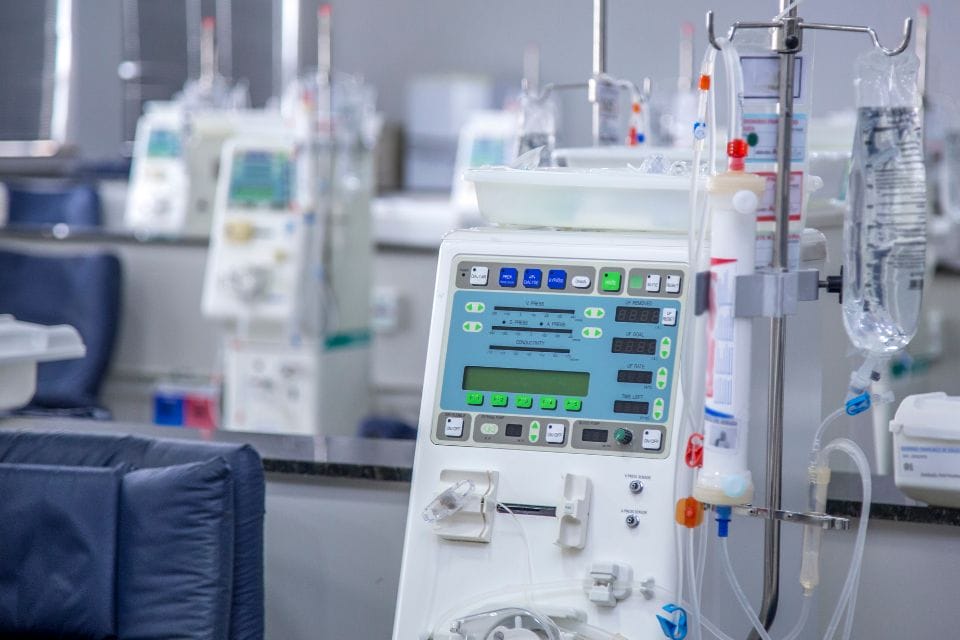
As you begin hemodialysis, you may need to change your diet. Your doctor has probably told you that following a special diet can help you feel better and keep your kidneys healthy. The dietitian at your dialysis center can help you plan a diet that meets your unique needs. Between your dialysis sessions, your body may accumulate waste in your blood.
You can reduce this buildup if you eat the right foods - in proper portions- and avoid the wrong ones. You can also match what you eat with how well your kidneys remove toxins from your body.
Even simple choices, like what you eat for breakfast, can impact your blood pressure or blood sugar level. Your nutrition is essential for optimal health and well-being, and your dietitian can be an invaluable resource to help you stay healthy.
Monitor your fluids
When you're on dialysis, you must monitor your fluid intake to prevent fluid buildup in your body, especially between dialysis treatments. Speak with your nephrologist or renal dietitian for your actual liquid requirements. Overdoing it on liquids can cause swelling and weight gain between dialysis sessions. It can also make your heart work harder, leading to heart trouble. And too much fluid in your lungs can make it hard for you to breathe.
Still, listening to your body when you're thirsty is essential. To avoid unpleasant side effects and stay healthy, try limiting salt intake and avoiding salty foods like chips or pretzels. Sodium can cause the body to retain water, making it harder for your heart and lungs to work correctly. To reduce sodium intake, avoid foods high in salt, such as processed meats, fast food, and most packaged or canned foods. Sodium is also found in foods that are high in protein.
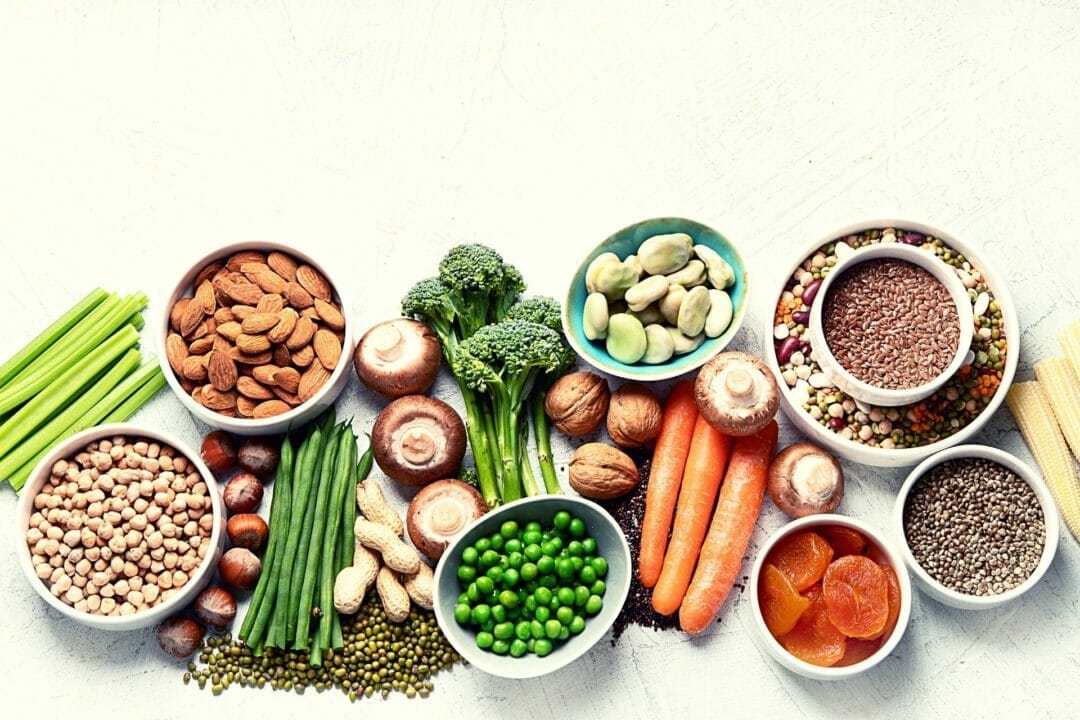
Foods that are liquid at room temperature contain water. Gelatin and other foods with a lot of liquid in the recipe also count. Most fruits and vegetables contain water, such as melons, grapes, apples, oranges, tomatoes, lettuce, and celery. When you calculate how much water you have in a day, refer to your renal dietitian or nephrologist for exact calculation for you.
Should you limit your protein?
People on dialysis should increase the amount of protein in their diet once they begin treatment. Dialysis removes protein waste from the blood, so a low protein diet is no longer necessary.
When you're on dialysis, eating a diet that includes high-protein foods is essential. Protein not only helps build muscle and keeps your body strong, it also plays a role in the production of hormones and enzymes, as well as an integral component of the blood. Foods high in protein include:
Meat, fish, poultry, and eggs.
Cheese.
Nuts and seeds.
Beans like soybeans or kidney beans.
Tofu (soybean curd).
Tempeh (a fermented soybean product).
Seitan (sprouted wheat gluten).
It can be hard to know how much protein you need since factors such as your body size, your medical conditions, and whether you are having trouble with your kidneys need to be considered in calculating protein requirements.
Talk to your healthcare professional about meeting with a dietitian to find the amount and type of protein that is right for you, even in the earliest stages of kidney disease. Your healthcare professional will monitor your kidney function for necessary adjustments and changes in diet or medicine.
People on dialysis aren’t advised to follow a DASH diet, as they have different dietary requirements.
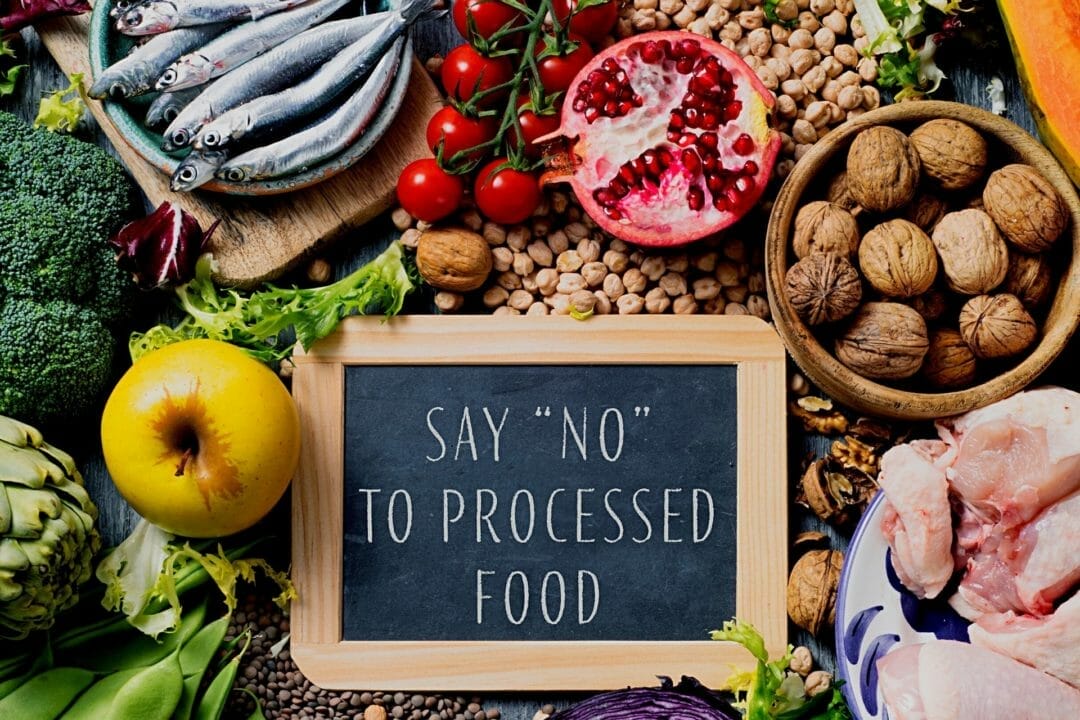
Before changing your diet, it is important to seek the advice of your nephrologist and dietitian. For your reference, though, the recommended protein intake for dialysis patients is 0.55 grams of dietary protein per pound of body weight, according to the Nephron Information Center website. This means that for an average person, if you only took in 37-41 grams of protein daily on a renal diet before, you must now consume about 82 grams of protein per day. Note that your nephrologist determines your protein limit.
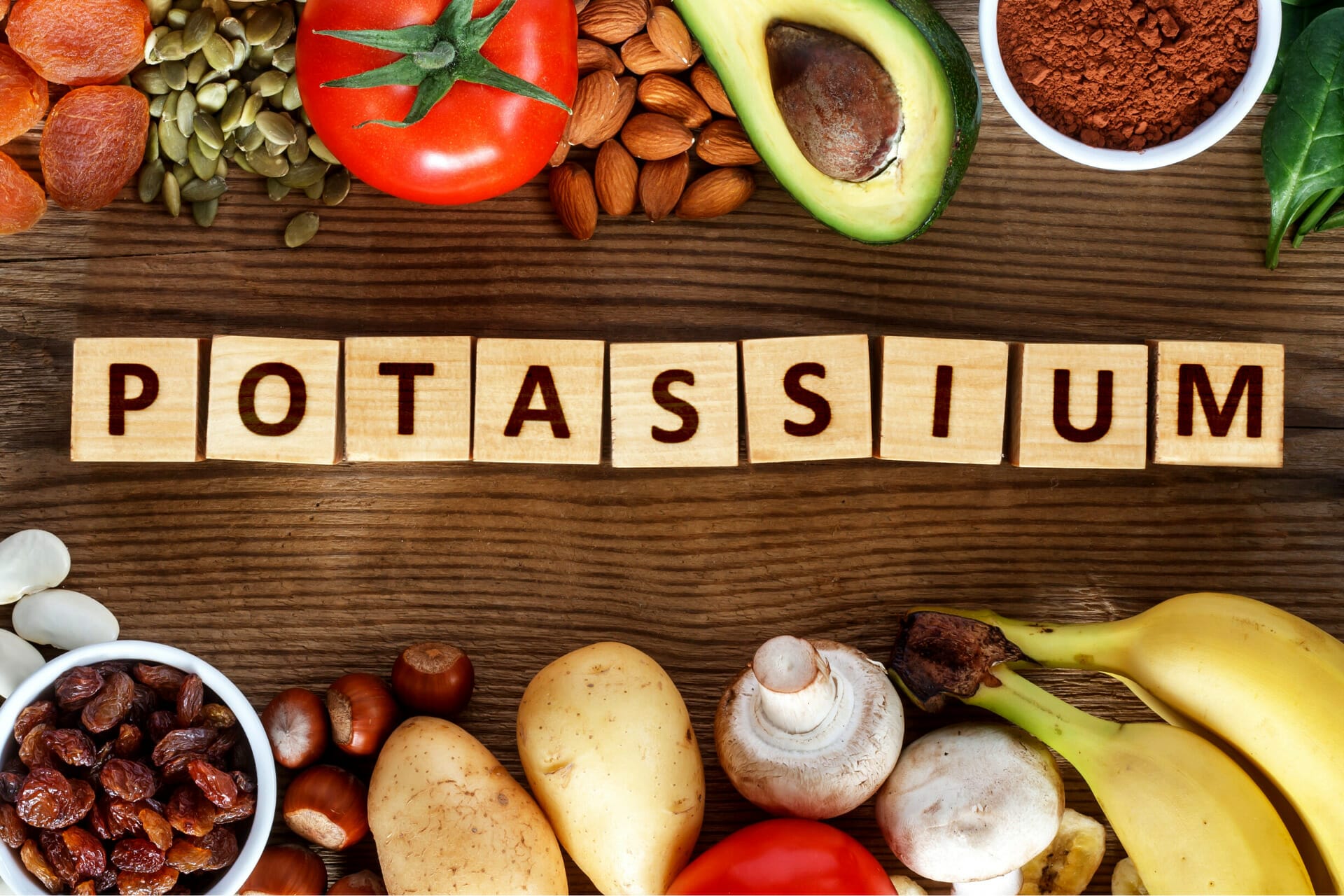
Watch out for potassium levels
If you have elevated blood potassium levels, too much potassium (Hyperkalemia) can cause muscle weakness or paralysis and an irregular heartbeat. High potassium levels can also lead to dehydration, which can be dangerous for people already dehydrated because of their kidney disease.
Hyperglycemia (high blood sugar)
Too much sugar in the blood, hyperglycemia, is associated with diabetes. It can cause rapid heartbeat, excessive hunger, vomiting, vision problems, and other symptoms. Hyperglycemia takes place when the body has too little insulin (the hormone that delivers sugar or glucose into the blood) or if your body can’t use insulin well.
Potassium builds up in the kidneys between dialysis sessions which may be dangerous to your health. It is best to have a blood test done to determine if you're on track with your potassium levels, within normal range, or if they're too low, or too high. Both high and low potassium levels are dangerous and can cause symptoms. Symptoms include chest pain, nausea, shortness of breath, or worse, heart attack.
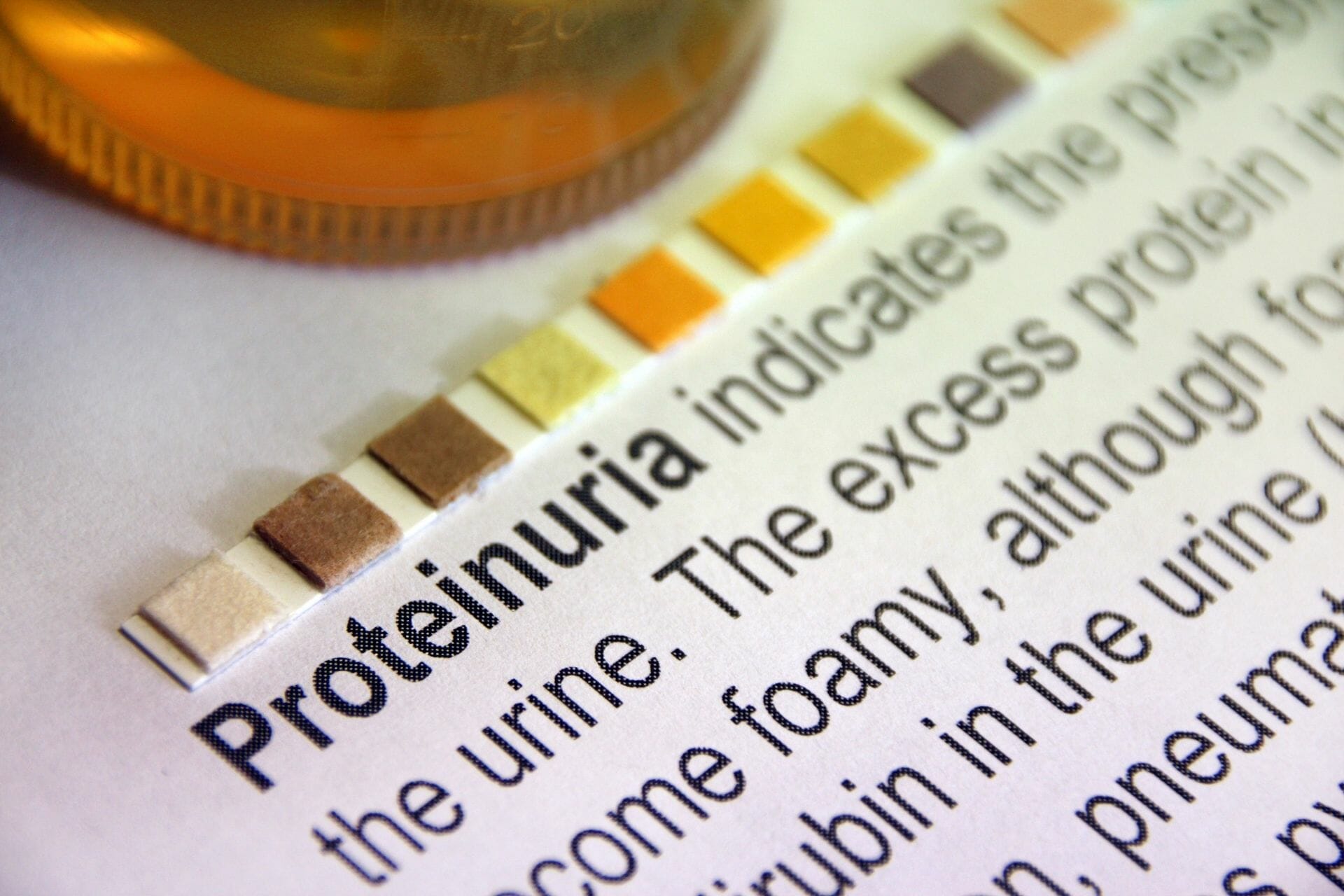
If you're on dialysis or your doctor has recommended that you eat low-potassium foods, aim for a daily potassium goal of 2,500 mg and no more than 3,000 mg per day. Knowing what foods are rich in potassium can help you adjust your diet. Fruits and vegetables are two food groups that are high in potassium. You can still eat fruits and vegetables that are not as high in potassium, but they should be limited in serving size.
Fruits low in potassium include cranberries, apples, blackberries, cherries, grapes, peaches, pears, pineapples, and plums. On the other hand, vegetables that are low in potassium are lentils, beans, legumes, carrots, Brussel sprouts, cabbage, and greens except for kale. Your nephrologist or renal dietitian will advise you on your specific potassium level requirement. Click this link to know more about potassium and kidney disease.
Checking Phosphorus Level
Phosphorus is a mineral that is essential for good health. It is found in most foods but may be higher in some food and drinks than in others. It is essential for bone and teeth health and needed for the body to make protein for the growth, maintenance, and repair of cells and tissues. There are two types of phosphorus: organic and inorganic. Organic phosphates are digested, while non-organic phosphates that have been added to food do not get digested.

When you have kidney disease, your kidneys may not be able to remove phosphorus from your blood as well as they used to. This can cause your phosphorus levels to rise and become too high, which is called Hyperphosphatemia.
Unlike potassium, which is removed from the body during dialysis, phosphorus stays in the body. To avoid health problems such as calcifications in bones and blood vessels, muscle aches and pains, and itching, it's critical to avoid foods high in phosphorus.
Phosphorus content can be measured using the following methods:
Measuring one gram per 100 grams of food (1g/100g)
Measuring 0.5 grams per 100 milliliters (0.5 g/100 mL)
Calculating phosphorus content from nutrition information on food labels
Be sure to read the label of processed foods. Phosphorus can be disguised in a lot of different ways, such as:
Hexametaphosphate
Sodium phosphate
Monocalcium phosphate
Phosphoric acid
Dicalcium phosphate
These preservatives are commonly found in meats and beverages. If you need to keep your phosphorus intake low, be sure to check the amount of meat you eat daily so that you don't exceed 7 to 8 ounces.
Points to Remember
While you're on hemodialysis, avoiding foods and beverages containing high amounts of potassium, phosphorus, or sodium is essential. These include vegetable juice and sports drinks. When you consume these foods or drinks, your body may not be able to get rid of waste as fast as usual.
You must keep track of what you eat and drink and limit your intake to prevent fluid overload. Hemodialysis can safely remove only so much fluid from your body per session.
If you come to your hemodialysis with too much fluid in your body, the treatment may make you feel ill. This can cause muscle cramps or a sudden drop in blood pressure, making you dizzy or sick to your stomach. Since Hemodialysis also removes potassium from the body, eating too much potassium can injure the heart and even cause death.
Be conscious of your Phosphorus intake, because too much phosphorus in the blood can pull away calcium from your bones, weakening them enough to break. Renal dietitians often encourage most people on hemodialysis to eat high-quality protein because it produces less waste for removal during dialysis than other foods.
High-quality protein comes from meat, poultry, fish, and eggs.
Sodium is a mineral that is a component of salt. It is found in many canned, packaged, frozen, and fast foods as well as in many condiments, seasonings, and meats. Too much sodium in your body can increase your risk of becoming dehydrated.
The Bottomline
Your dialysis center can help you find the right balance of fluid intake. Getting enough vitamins and minerals in your diet is essential for optimal health and well-being, especially when undergoing dialysis. Moreover, it’s important to watch your diet to avoid exacerbating your condition. However, before any drastic changes to your diet, it is highly recommended to discuss with your nephrologist and renal dietitian a custom meal plan suitable for your dietary requirements.
https://www.kidneyfund.org/assets/pdf/training/potassium-and-kidney-disease.pdf
https://www.kidney.org/atoz/content/dietary_hemodialysis
https://www.ncbi.nlm.nih.gov/pmc/articles/PMC5962279/
https://www.kidney.org/atoz/content/ckd-diet-how-much-protein-right-amount
https://www.kidneyfund.org/assets/pdf/training/potassium-and-kidney-disease.pdf
https://medlineplus.gov/

